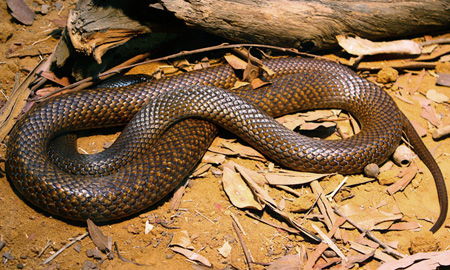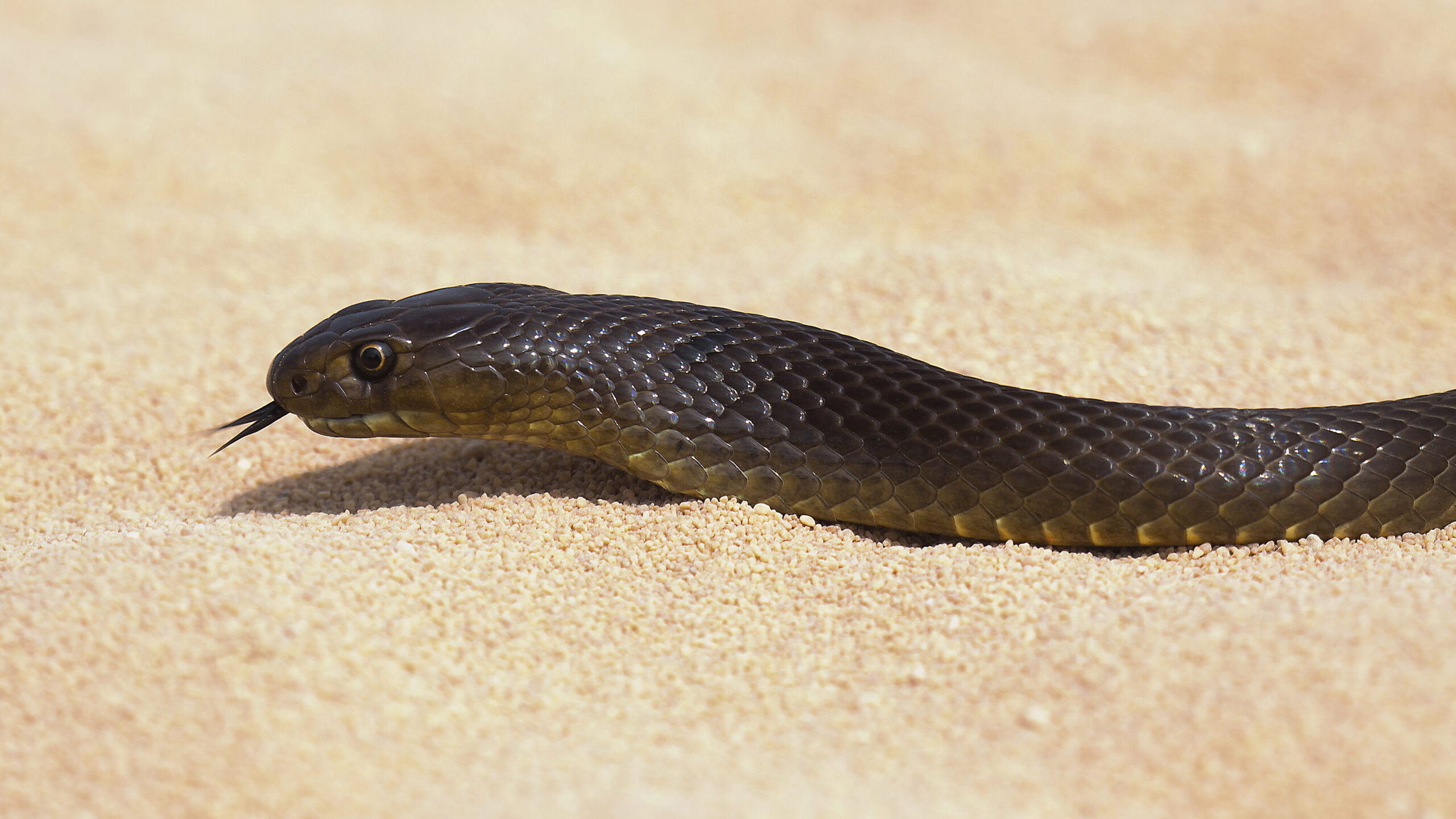Introduction

When it concerns the interesting globe of snakes, few varieties capture the creative imagination rather like the baby tiger snake. Understood for their unique coloration and potent venom, these serpents are an integral component of Australia's distinct environment. In this thorough article, we will delve into numerous aspects of infant tiger snakes, including their actions, habitat, and how to safely engage with them. Whether you're a wild animals fanatic or just curious concerning these animals, understanding baby tiger serpents can help cultivate a much deeper recognition for nature.

Baby Tiger Snakes: What You Required to Know About Their Actions and Habitat
What Are Infant Tiger Snakes?
Baby tiger serpents are adolescent types of the very venomous species understood clinically as Notechis scutatus These snakes are largely located in seaside regions of Australia, particularly in Tasmania and southerly Victoria. As they expand, their coloration changes from a more muted combination to the characteristic yellow and black bands that give them their name.
One notable facet of infant tiger serpents is their dimension; hatchlings typically determine around 25-30 centimeters in size. In spite of their little stature, they have a shocking quantity of venom that can be detrimental to humans if bitten.
Physical Characteristics
Tiger serpents have several vital physical qualities:
- Coloration: The distinctive banding pattern often becomes more obvious as they mature. Size: Adults can reach sizes of up to 2 meters. Body Shape: They have a durable body that aids in swimming and earthbound movement.
Where Do Infant Tiger Snakes Live? Understanding Their Habitat
https://canvas.instructure.com/eportfolios/3217972/marcopsno053/exploring-the-eastern-tiger-serpent-features-and-safety-and-security-tipsUnderstanding the environment preferences of infant tiger snakes is necessary for both conservation efforts and public security. These snakes prosper in different settings:
- Wetlands: Marshes and swamps provide adequate hunting grounds. Coastal Regions: Typically located near beaches where they can hunt for prey. Woodlands: Thick greenery offers cover from predators.
Geographical Distribution
Tiger snakes are mainly found along Australia's southern coastline, consisting of:
- Tasmania: Home to one of the most notorious populations. Victoria: Particularly in areas near water bodies.
Are Tiger Snakes Venomous? A Deep Dive into Their Venom
One common inquiry emerges when talking about infant tiger snakes: "Are tiger serpents poisonous?" The response is a resounding yes!
Venom Composition
The venom of tiger snakes contains neurotoxins that can trigger paralysis, coagulopathy (blood clotting concerns), and potentially fatality if unattended. Here's what you need to know:
- Effects on Humans: An attack from a tiger snake can result in signs like swelling, pain at the bite website, nausea or vomiting, and even respiratory system failure.
Comparison with Various other Venomous Snakes
In comparison to various other Australian serpents such as the eastern brown snake or king brownish serpent, tiger snake Anti-venom venom is considered amongst the most powerful. However, casualties are uncommon due to enhanced clinical treatments and accessibility to antivenom.
Behavioral Patterns of Baby Tiger Snakes
Understanding exactly how baby tiger serpents act is essential for those who stay in or check out locations where these reptiles are prevalent.
Nocturnal Habits
Most child tiger serpents show nighttime habits. They tend to forage for food throughout cooler night temperature levels. This adaptability aids them stay clear of predators while boosting their searching efficiency.
Hunting Techniques
Their hunting strategies include:
- Ambush Predation: Waiting inactive up until victim comes close. Active Foraging: Proactively moving through plant life or along waterways searching for food.
First Help for Snake Bites: What You Should Know
Despite being remarkable animals, encounters with child tiger snakes can cause unsafe circumstances if bites occur. Best first aid practices for Australian snakebites Recognizing first aid procedures can conserve lives.
Immediate Steps After a Bite
Remain calm; panic enhances heart rate. Immobilize the impacted limb using a splint or bandage. Seek prompt medical attention-- antivenom might be necessary.Creating a Serpent Bite First Aid Kit
A well-prepared first aid package should consist of:

|Product|Objective|| ------------------------------|--------------------------------------|| Compression bandage|To immobilize the arm or leg|| Splint|Supports damaged bones or joints|| Antihistamines|Reduces allergies|| Emergency situation call numbers|Quick access during emergency situations|
Common Myths Regarding Tiger Snakes Debunked
Many myths border these fascinating reptiles; allow's clear up some misunderstandings typically held by people.
Myth # 1: All Tiger Snakes Are Aggressive
While some individuals might exhibit defensive behaviors when endangered, not all tiger snakes display screen hostility in the direction of people unless provoked.
Myth # 2: Infant Tiger Snakes Are Much Less Harmful Than Adults
This misconception might not be better from the fact! Baby tiger snakes consist of virtually as much poison as adults about their dimension; therefore they posture substantial risks if bitten.
FAQs About Infant Tiger Snakes
What do baby tiger snakes eat?- They mainly eat tiny animals, birds, frogs, and fish.
- Look for slender bodies with faint banding patterns that end up being a lot more noticable as they mature.
- Yes! Birds of prey and bigger reptiles might target them.
- Typically every few weeks as they grow rapidly during their very early life stages.
- While some people do keep them illegally without authorizations because of their harmful nature; it's generally not suggested offered their venomous status.
- With timely clinical therapy-- consisting of antivenom-- the survival rate is high!
Conclusion
In recap, recognizing child tiger serpents-- what they consume, where they live, exactly how they behave-- can furnish us with beneficial understanding about these remarkable yet dangerous creatures. The value of education bordering emergency treatment actions can not be overstated; recognizing how to react properly after a bite could conserve lives while cultivating regard for our slinking next-door neighbors within Australia's rich biodiversity range.
By appreciating these serpents' functions within ecosystems-- and acknowledging possible risks-- we promote coexistence as opposed to fear-based responses toward each other's presence in nature's grand tapestry! Whether you're a passionate walker contemplating your following experience or simply curious about regional wildlife experiences near home-- this overview acts as your trusted referral factor on the enigmatic world lived in by our good friends-- the amazing baby tiger snake!